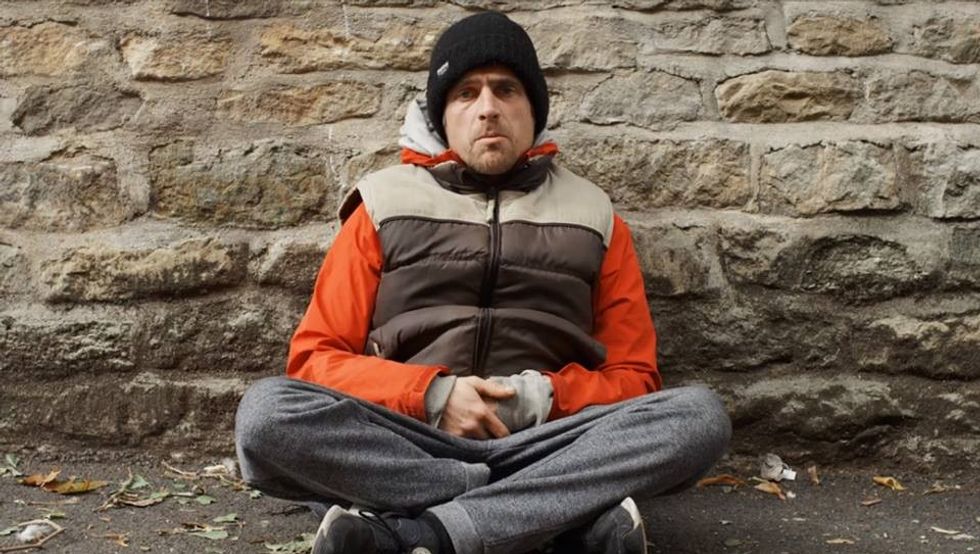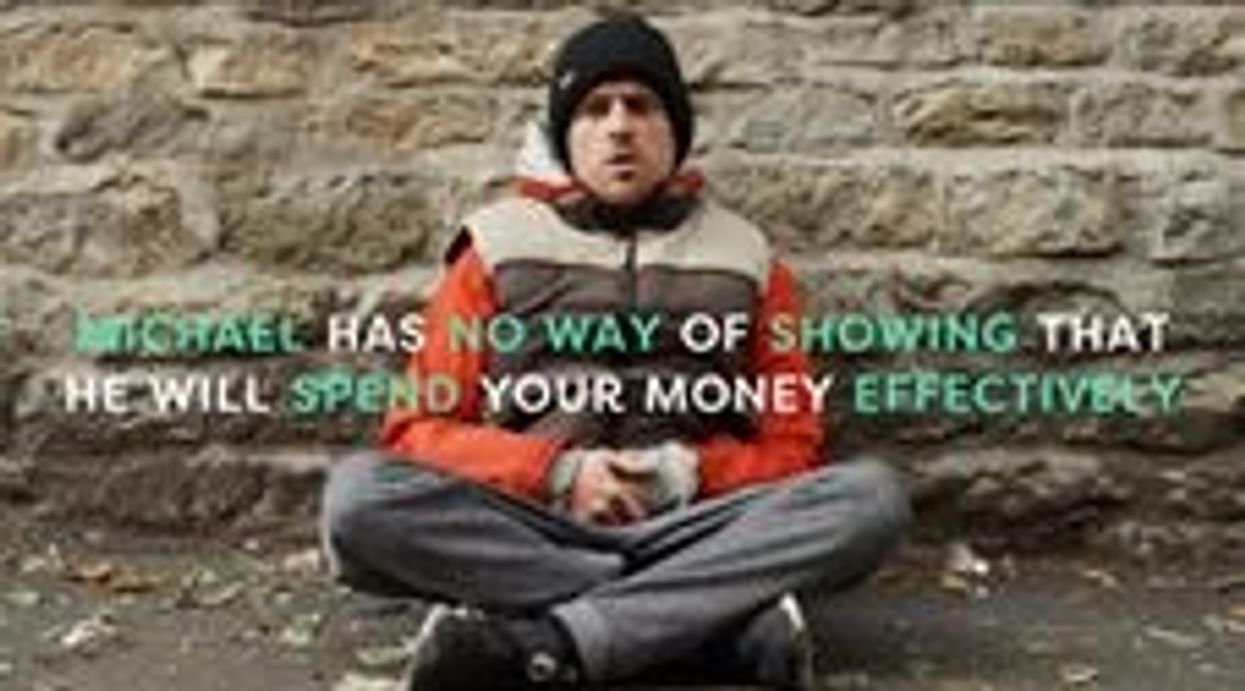
It's a common scenario on our streets: A homeless person asks for change.
What do you do?
Well, in an increasingly cashless society, one pilot project is trying to overcome the challenge homeless people face in a digital world.
READ: Toronto Gets World’s First ‘Pay-What-You-Can’ Grocery Store: Feed It Forward
Greater Change is a social innovation project at Oxford University founded by Alex McCallion. When homeless people sign up for this program, they're given a lanyard with a QR code attached. That code can be scanned by a smartphone.
With that an increasing number of people using virtual modes of payment instead of cash, many don't have spare change on their person. McCallion's project aims to allow pedestrians to donate money to the homeless using an app.
Here's how it works:
Get the Greater Change app.
If you see a homeless person with one of these lanyards and want to donate, just open the app and scan the lanyard with your phone to make a donation to a restricted fund.
The fund is restricted to ensure your money is not used to purchase alcohol or drugs.
A case-worker is assigned to co-manage each homeless person's account. This ensures the money is well-spent on pre-determined targets, such as rent deposits and attaining passport documentation (because without proper identification, people cannot even apply for jobs).
READ: Toronto Has A New Hospice That Offers Palliative Care To The Homeless
When you use this app, you can view the profile of the person seeking the donation. It will show these targets, as well as how much money has already been donated. The profile also explains the person's story and circumstances.
There has been some controversy surrounding the app. Questions circulate regarding the ethical components of the initiative, especially in regards to the scanning of men and women. Some say it's a dehumanizing construct.
However, with over £10,000 (close to $17,000 Canadian) raised so far, funds are coming in to benefit the men and women living on the street.





















